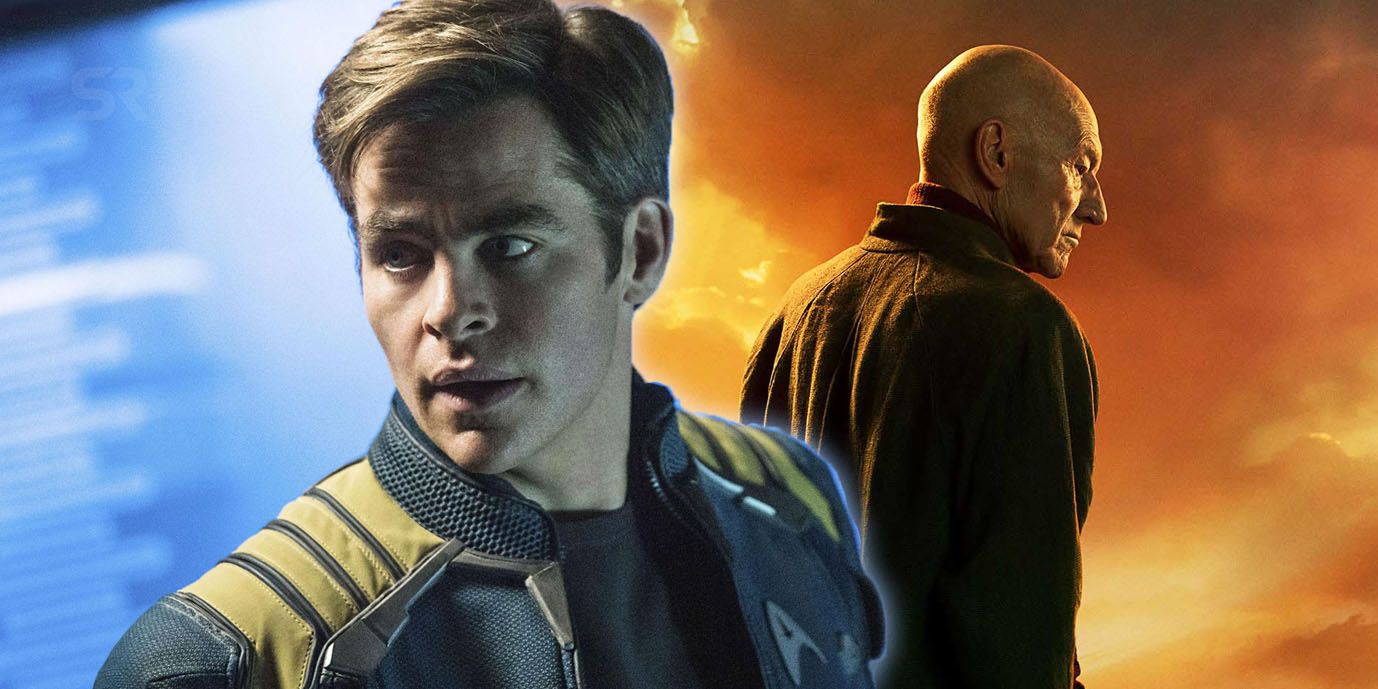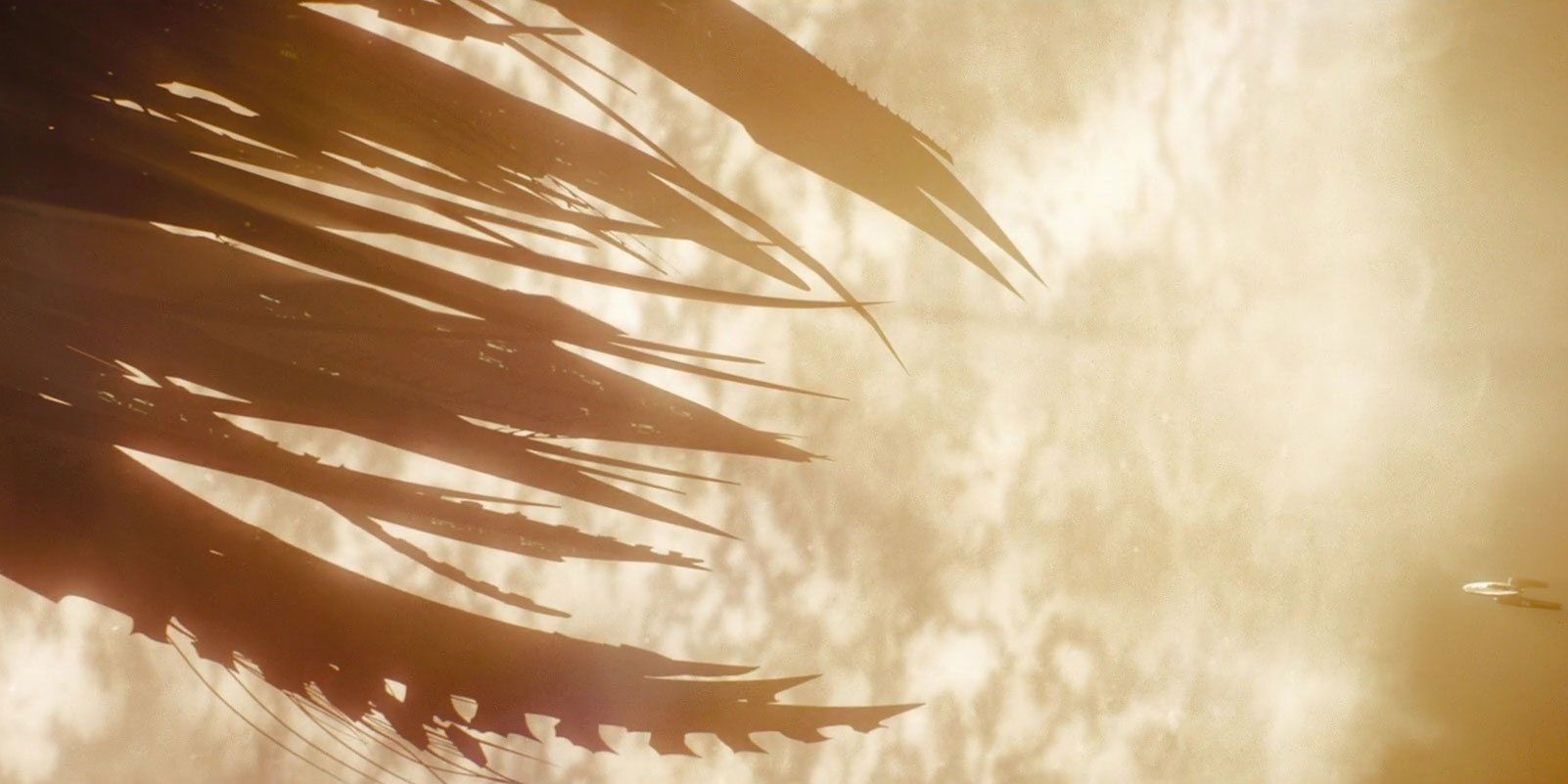
Star Trek: Picard is not only boldly going where Star Trek has never gone before, it's also explaining the proper origins of the alternate reality films known as the Kelvin timeline. In the 2009 soft reboot film - titled simply Star Trek - it's explained that Spock and the villainous Romulan Nero were sent back in time through a black hole created by an experimental material called red matter which Spock used to stop a runaway supernova that somehow threatened the entire galaxy. Fans have long had issues with this explanation, as Starfleet's absence from such a massive event seemed strange, and a supernova should not have been able to cause such galactic catastrophe.
Star Trek: Picard's premiere fixes those two issues with context and a mild retcon. The Hobus star supernova that threatened all life in the galaxy was now reframed as the destruction of the Romulan sun, a much more realistic and pointed catastrophe. This is easily explained away, as in the 2009 film this information is shared with Kirk via a mindmeld with Spock, and that queasy, non-linear experience could have easily led to some mild confusion on Kirk's part.
Fans can also now understand why Starfleet was uninvolved in the rescue operation, having suffered such horrible losses when the rogue synthetics attacked Utopia Planitia on Mars. It makes sense that Spock would have shirked the Federation's wishes to stay out of the Romulan emergency, as he had been fostering a revolutionary underground movement on Romulus, as seen in the class Star Trek: The Next Generation two-part episode "Unification."

This new information also adds depth and context to the villain of the 2009 film, Nero. Nero's vengeful motives make much more sense knowing that Starfleet pulled out of a promised rescue mission, leaving Nero's family to die on Romulus. At one point in the film, Nero even tells a captured Captain Pike that he's seen his version of Romulus die, and that the Federation did nothing to stop it, dovetailing perfectly with Starfleet's inaction in Star Trek: Picard. It doesn't exactly make Nero come off as benevolent - he's still trying to murder plenty of people out of spite - but it makes him a much more tragic and compelling figure knowing his grievances against the Federation are at least partly justified.
There aren't likely to be too many more nods between the Kelvin films and Star Trek: Picard. The Star Trek film franchise is currently in limbo - though Fargo's Noah Hawley might take a swing next - so crossover opportunities are low, even on top of the fact the two properties take place in alternate realities. Yet, there's something to be said for the elegant way the Kelvin films picked up the baton of Star Trek over a decade ago with meaningful ties to what came before, when a straight reboot would have been much cleaner. Similarly, it's fitting that Star Trek: Picard nods to those films at the outset, not just for the sake of continuity, but as yet another smooth handoff from one version of the franchise to the next.
from ScreenRant - Feed https://ift.tt/2RApu9n

No comments: